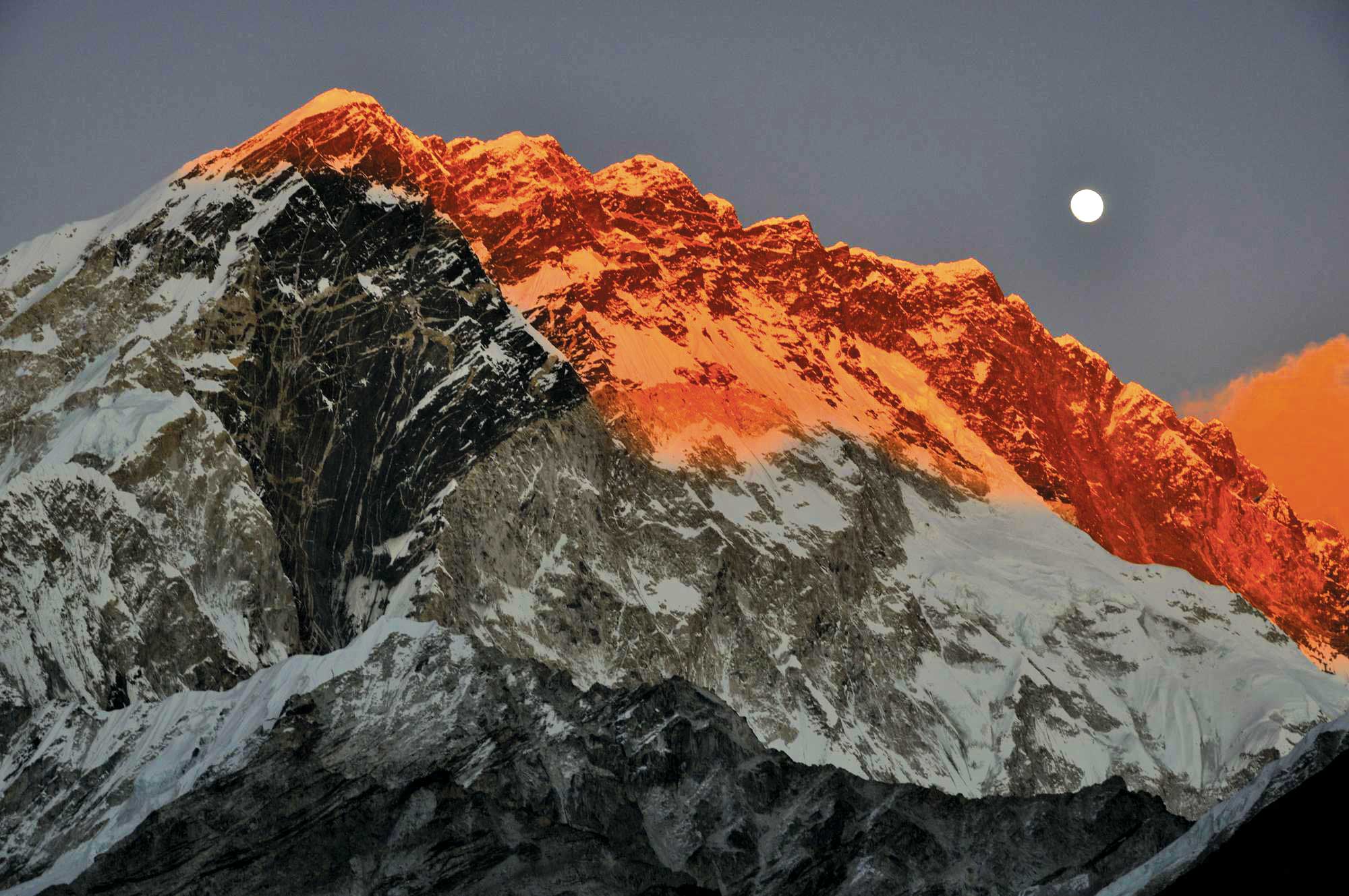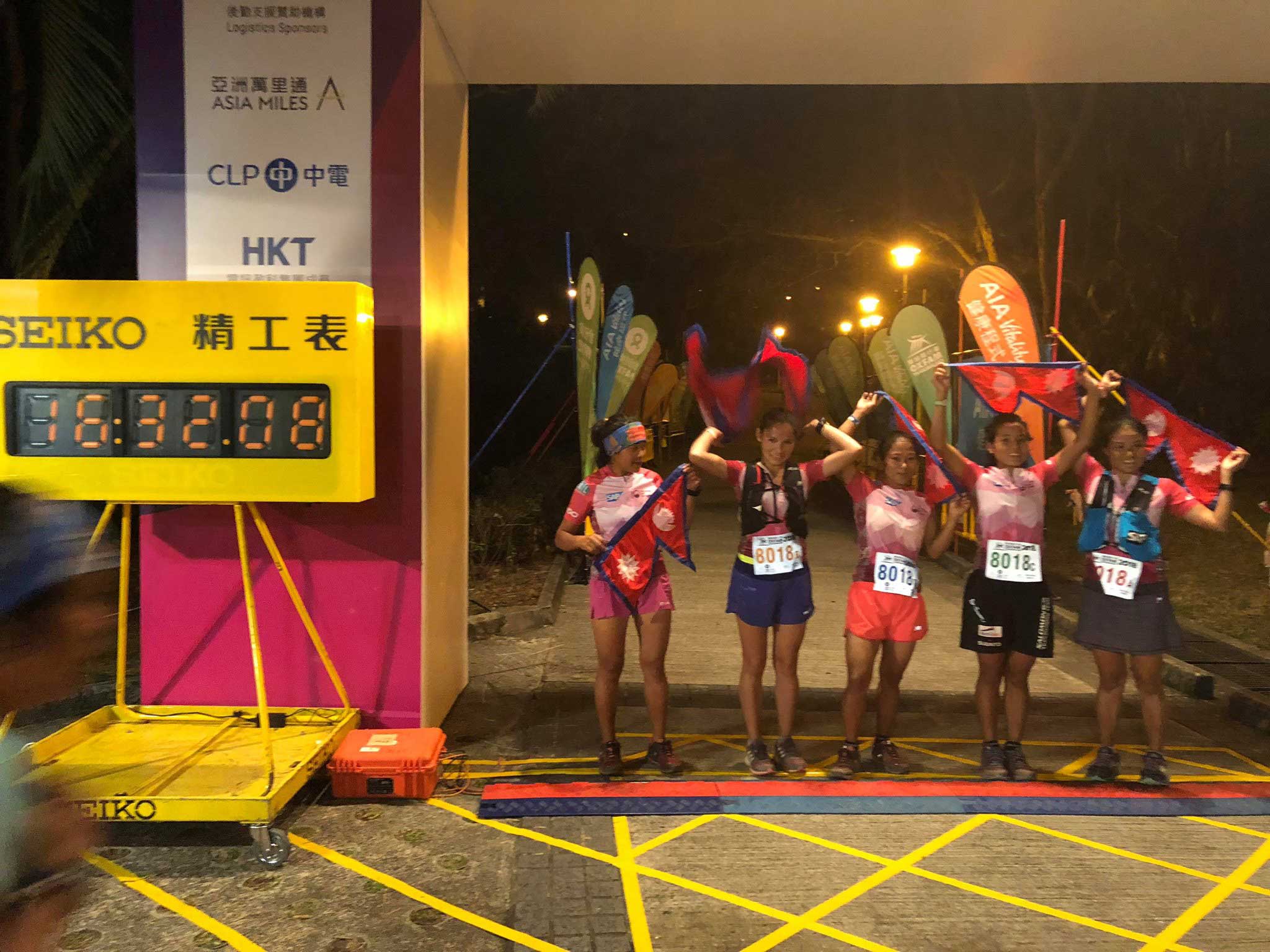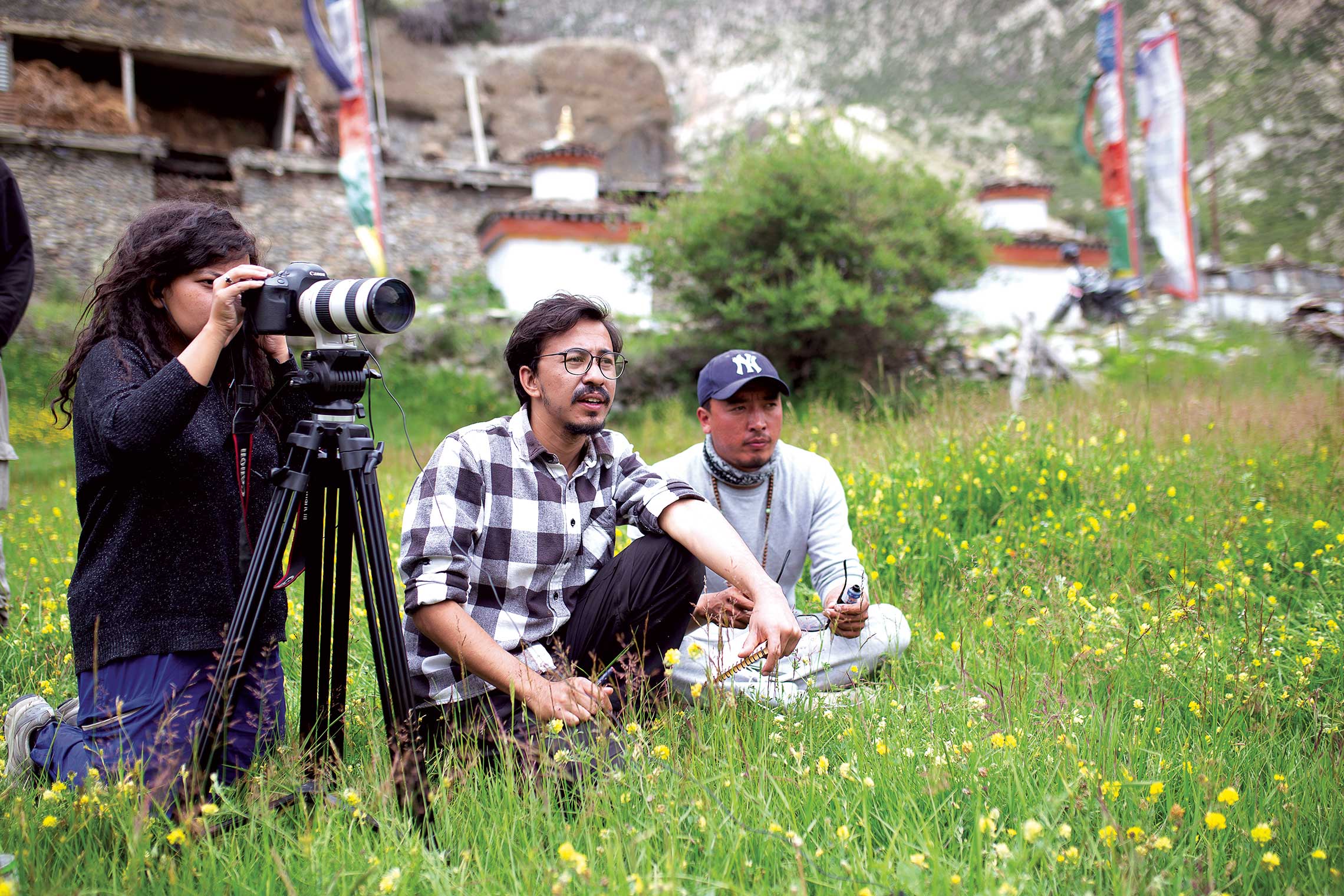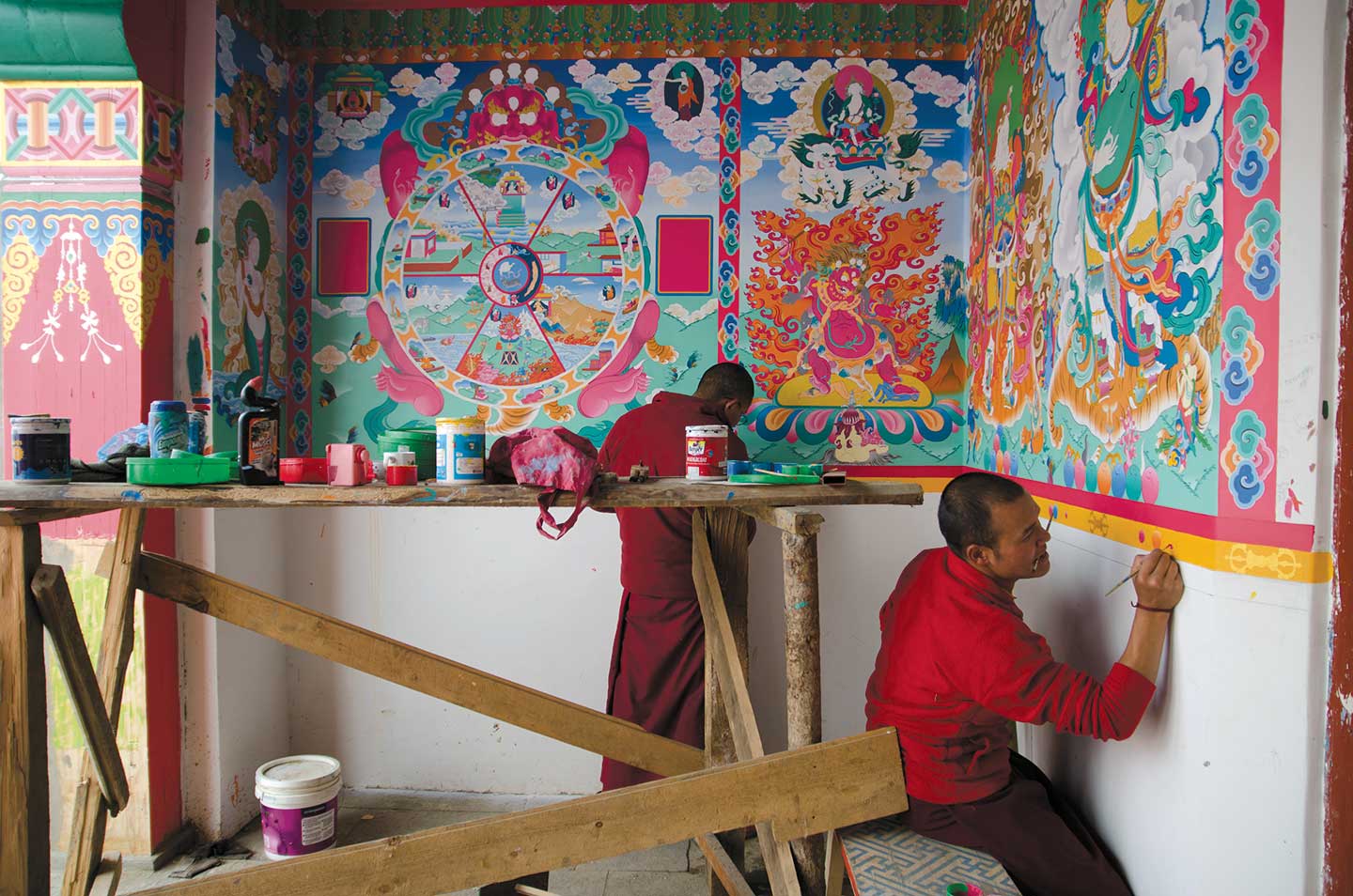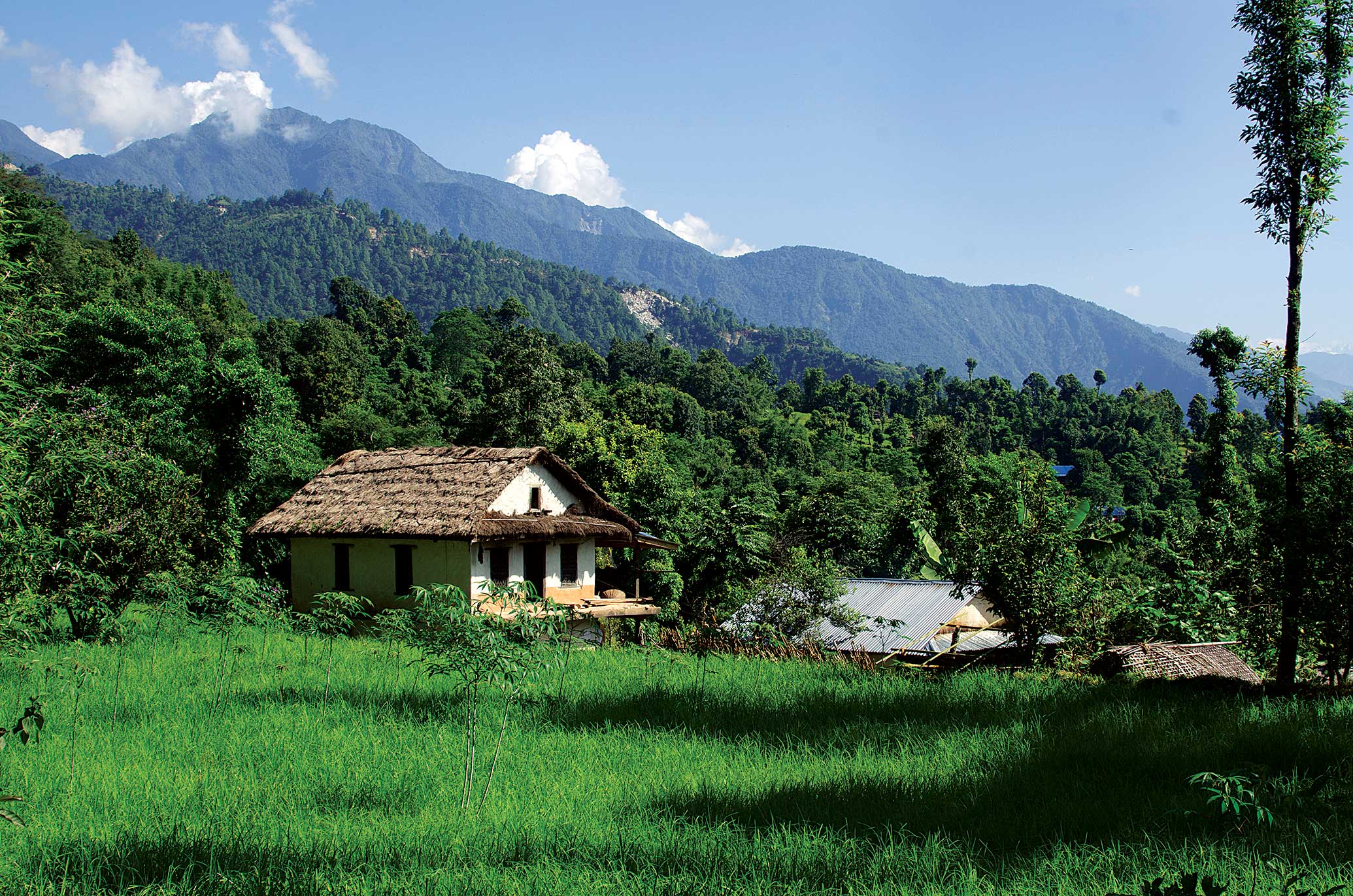The most important Sherpa village in the country is a worthy detour on the trail to Everest Base Camp.
I was unable to sleep that first night in Junbesi, Solukhumbu. It wasn’t the altitude; Junbesi falls in lower Solukhumbu at 2700m. It was the stuffy sleeping bag which had me wide eyed, listening to the sounds the wooden house made as its parts adjusted, sighed cheerfully and readied itself for another day. The sounds relaxed me; I finally fell into a peaceful slumber.
 Junbesi lies on the junction of the Everest trail and the trail to Thuptenchholing monastery. The village also falls on the Pikey - Dudhkunda trail. Tourist traffic has been detoured since then. The Maoist insurgency wreaked havoc on the trails to the village, causing tourist traffic to be detoured elsewhere. Scenic beyond imagination and filled with hospitable Sherpas, the place bears no remorse of losing tourists. This I suspect is because those who live here have measured the pros and cons of being a tourist destination.
Junbesi lies on the junction of the Everest trail and the trail to Thuptenchholing monastery. The village also falls on the Pikey - Dudhkunda trail. Tourist traffic has been detoured since then. The Maoist insurgency wreaked havoc on the trails to the village, causing tourist traffic to be detoured elsewhere. Scenic beyond imagination and filled with hospitable Sherpas, the place bears no remorse of losing tourists. This I suspect is because those who live here have measured the pros and cons of being a tourist destination.
The word that came to mind while I strolled around the village, with narrow pathways guiding me easily to wherever I needed to go, was idyllic. Monsoon had translated charmingly into intermittent light showers throughout the day and this in turn resulted in misty, inky blue evenings – the same color as Mount Numbur in the background. The romance of this quaint village permeated the cool mountain air, ushering locals into their cozy kitchens. There they would spend the rest of the evening, hearty conversations carrying well into the night as the women stood by shyly, serving bowls after bowl of the delicious Sherpa stew – Shyakpa and refilling cups with home brewed apple rakshi (liquor).
The villager and its residents appear too modest, considering Junbesi is the most important Sherpa village in the country. One of the reasons for this is because it is home to the oldest monastery in the Solukhumbu region, the 17th century Junbesi Monastery. Inside it is a 6m tall statue of the Buddha, with precious collections of sacred scriptures such as the Kyanjur and the Tyangur.
The landscape is amazing, the village has no dearth of clean, family-run lodges and the food is great. Getting there, even if your pockets are not deep enough to charter a plane, is not a big deal. You can trek in from Salleri, the district headquarters (4 to 5 hours) and or from the airport down at Phaplu (4 1/2 hours), the latter being a most scenic hike through alpine forests and along snow fed rivers. To add some culture into your trek, go during the festivals of Dumje (January) and Nyungne (May).
Junbesi, much like the night sounds of the house I was lodging in, is a village in transition; vibrant, eventful and adjusting to place itself in changed times. Many of its residents now live outside and are doing exceptionally well for themselves. Most give back generously to their community, one of the things that have allowed Junbesi the luxury of remaining idyllic.



